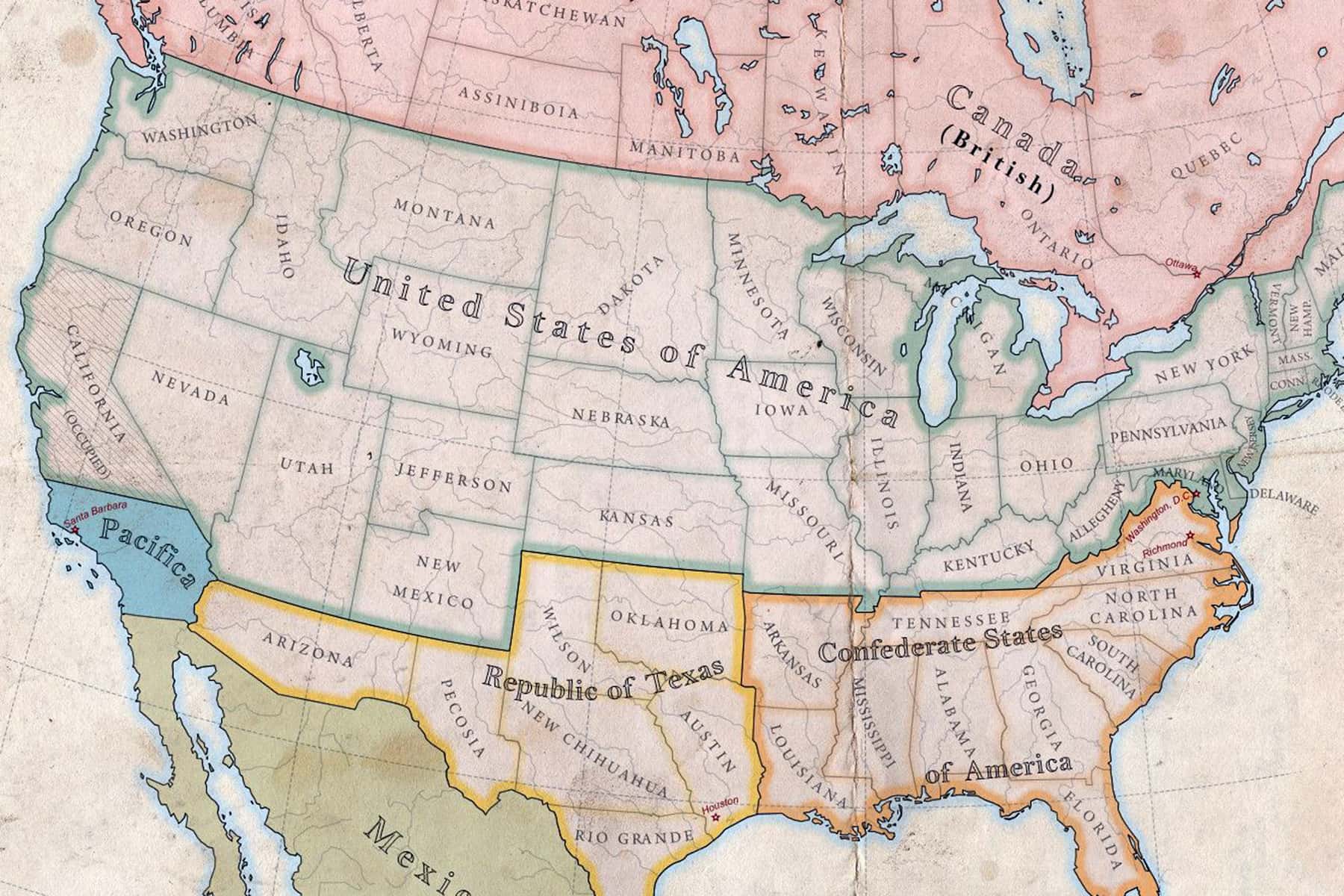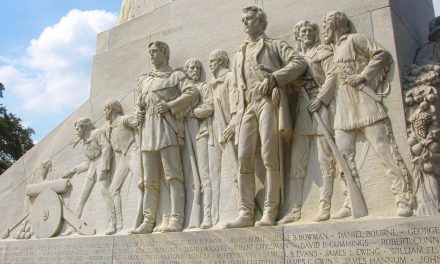
My first experience to read a book featuring an alternative history story was the classic novel by Philip K. Dick, “The Man in the High Castle.” The appeal of it in an imperfect world was “what if” events has gone differently?
Dick imagined a past where World War II has left Japan occupying the Pacific coast, Germany running the eastern half of the nation, and a remnant United States government centered in Colorado. As a teenaged reader, it was my first experience with science fiction that lacked space ships and was instead immersed in history.
The second novel I read had a more familiar futuristic narrative. In “The Proteus Operation,” author James P. Hogan envisioned an alternative World War II history where scientists travelled back in time to stop the Nazi from world domination. In doing so, the team from the future created a new timeline that is reality as we know it.
The only other novel I read with a similar focus was the first book of the “The Stars and Stripes” Trilogy by Harry Harrison. It was an alternative history book about the Civil War, but not one where the South won but instead involved England declaring war on the Union.
The idea of a multiverse with different realities has been a popular theme in science fiction. Alternative history has become a popular sub-genre, creating fictional worlds that diverge from the known and documented events of our reality. Many storylines play off the “for want of a nail” theory, that projects what would have happened if a person was or was not assassinated, or if the outcome of a strategic battle had been different.
The popularity of alternative history stories extends from the same reason why people watch tragic TV dramas or disaster films as entertainment. They can escape reality for a short while, and the depiction of such fictional hardships make their own real struggles look mild in comparison.
The two most popular “What Ifs” in history are about Germany winning World War II and the Confederacy defeating the Union.
In my youth, I must admit having had a historical fascination with both. I was exposed to endless documentaries about World War II – which practically celebrated Nazi achievements in their forensic analysis – and grew up around Confederate memorials – that hailed the honor and nobility of the men who took up arms against the United States.
So it was reasonable for any kid in that environment to wonder about how the fortunes of war could have shifted at a few critical junctures, and what shape the altered direction of the world could have take.
But as interesting as it was in my youth to academically re-envision the outcome of a victorious South, to understand how close such a possibility it had actually been after early losses in the war – like the Battle of Chancellorsville in 1863, it was also with relief and gratitude that such a reality never came to be.
I do not want to imagine a world where Nazi Germany ruled all of Europe, or the White Supremacist regime of the Confederacy sustained their monstrous nation and kept the institution of slavery.
But I find myself living in a world where many of my fellow citizens wish those terrible outcomes had happened. The condition is not a sad alternative history, it currently exists in the minds of those who would make it reality.
Modern-day White Supremacists and the Republican supporters of former President Trump already embrace an alternative reality. By promoting the Big Lie, inspiring fear, and permeating social media with messages of authoritarianism, they forge an alternative history that goes beyond whitewashing.
When Trump loyalists led an insurrection against the Nation’s Capitol on January 6, the Confederate flag – a symbol of betrayal against the United States – was prominently displayed within the hollowed halls of Congress. It was something that not even Confederate forces themselves had achieved. And while there were no Nazi flags seen waving, many symbols of Hitler’s regime featured prominently as tattoos on those who assaulted America’s center of democracy.
Which is why as an adult I view the fictional genre of alternative history with distain, because it is a tool that can be used to deliberately conceal incriminating facts about the horrors of White supremacy.
One example is the trilogy of novels by former Speaker of the U.S. House of Representatives Newt Gingrich and William R. Forstchen. The first book “Never Call Retreat” begins with General Robert E. Lee’s victory at Gettysburg, and continues to elevate him as a hero.
Such farcical stories remind me of my own classroom indoctrination in the Georgia public school system, where I was taught to equally admire Lincoln and Lee as equal figures of nobility. Lee was loyal to his state of Virginia, but a traitor to the United States. And White supremacists assassinated Lincoln without any repercussions to the Confederacy.
Obstruction into an investigation of the January 6 insurrection has so far proven that patriots of White Supremacy can continue to attack the foundation of democracy without punishment, supported by their Republican co-conspirators in Congress.
While violent novels like William Luther Pierce’s “The Turner Diaries” are used to promote revolution, there has yet to be a wholesale ideological adoption of alternative history to further rightwing propaganda.
The rejection of Critical Race Theory (CRT) and attacks on its discussion are linked to this distortion of history. The idea behind CRT is examination of how racism impacts structural and institutional systems. It adds race to the equation of social, cultural, and legal issues.
It is hard to know where Alternative History and Alternative Reality diverge for those who are invested in spinning fabrications about our modern-day reality. But the end result remains as a preferred entertainment platform of White Supremacists and their effort to circumvent justice.














